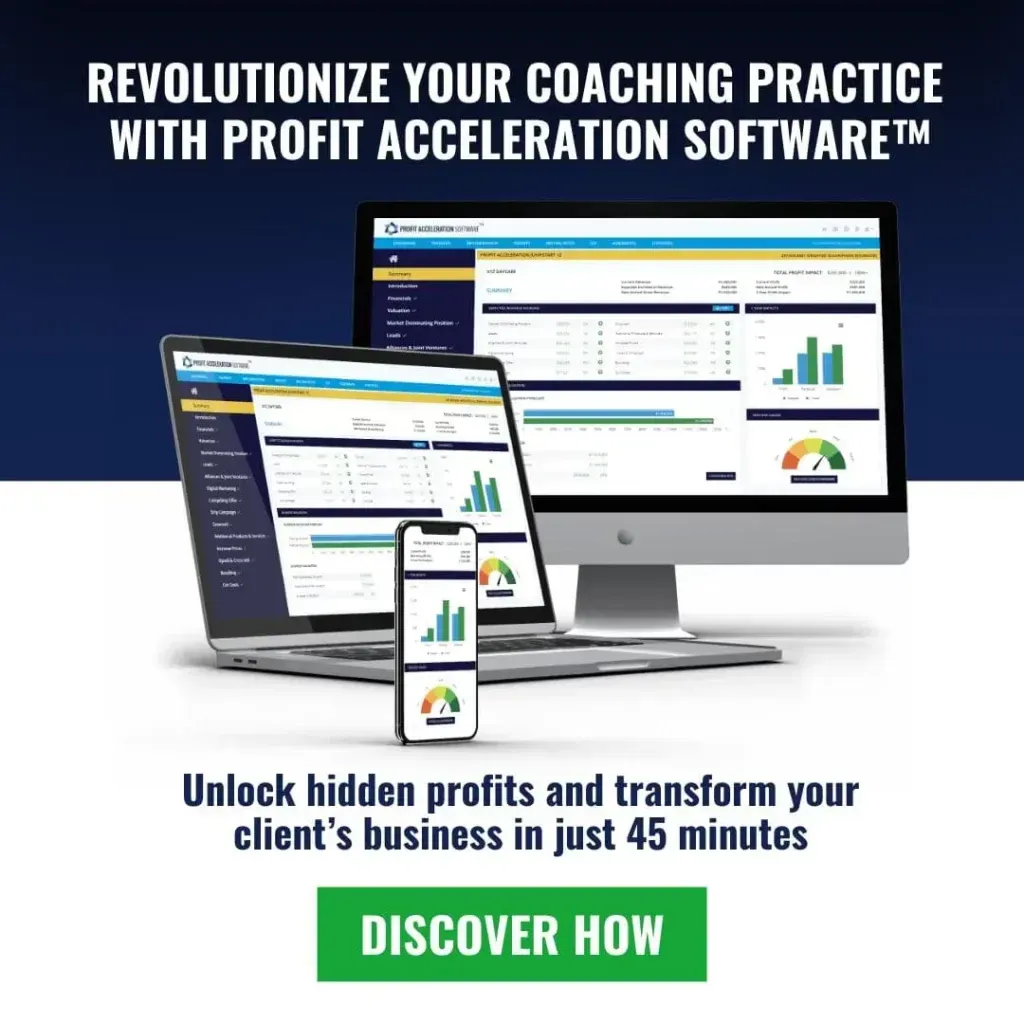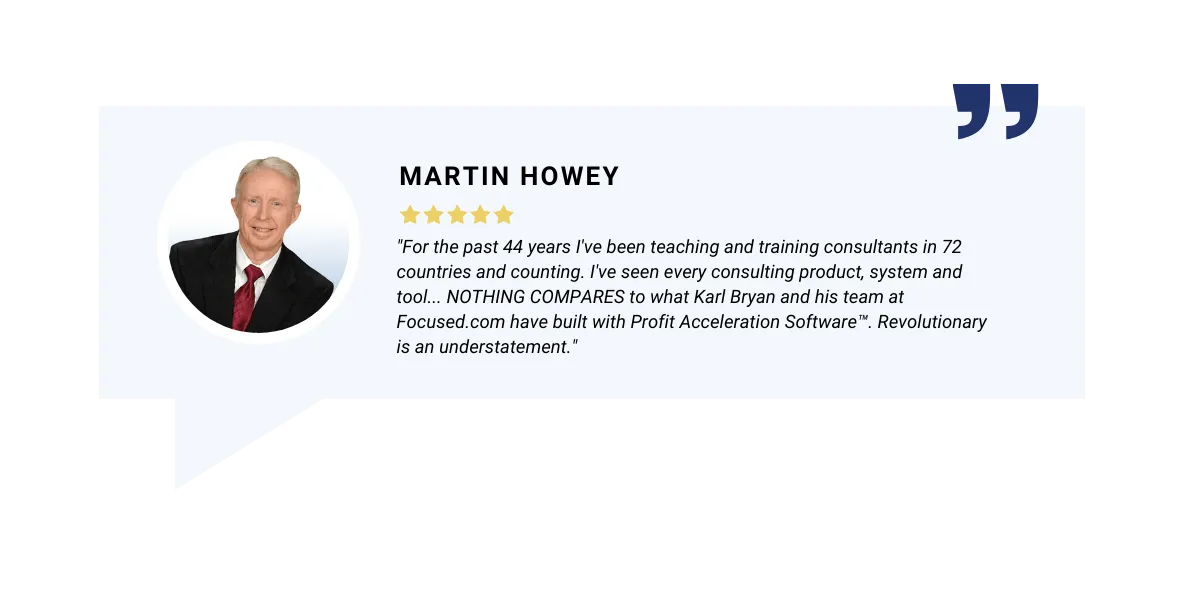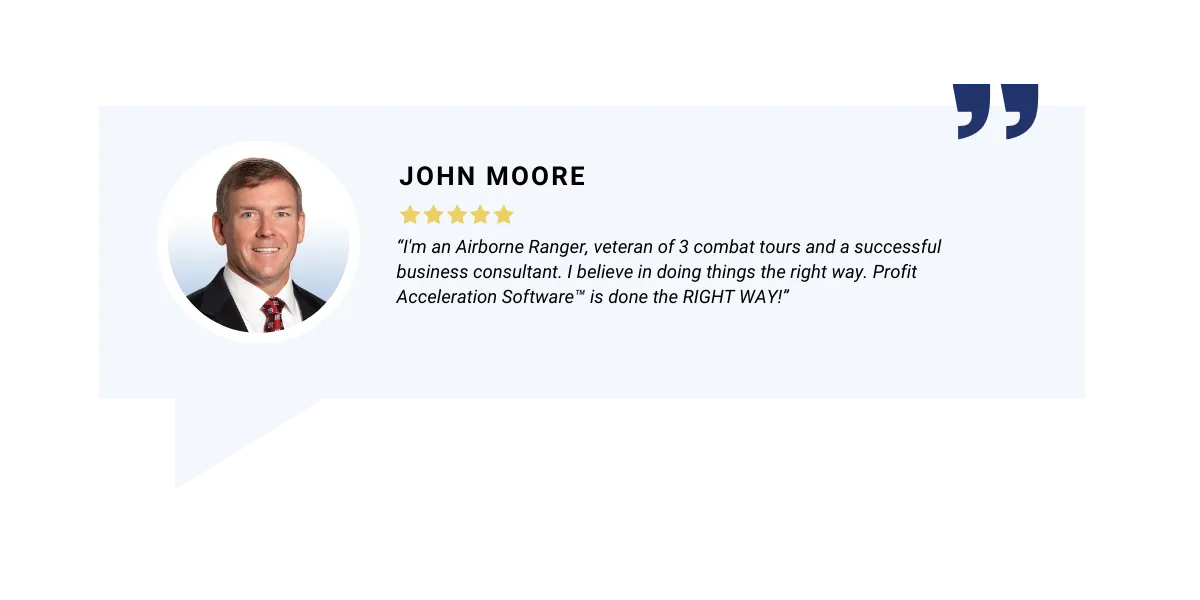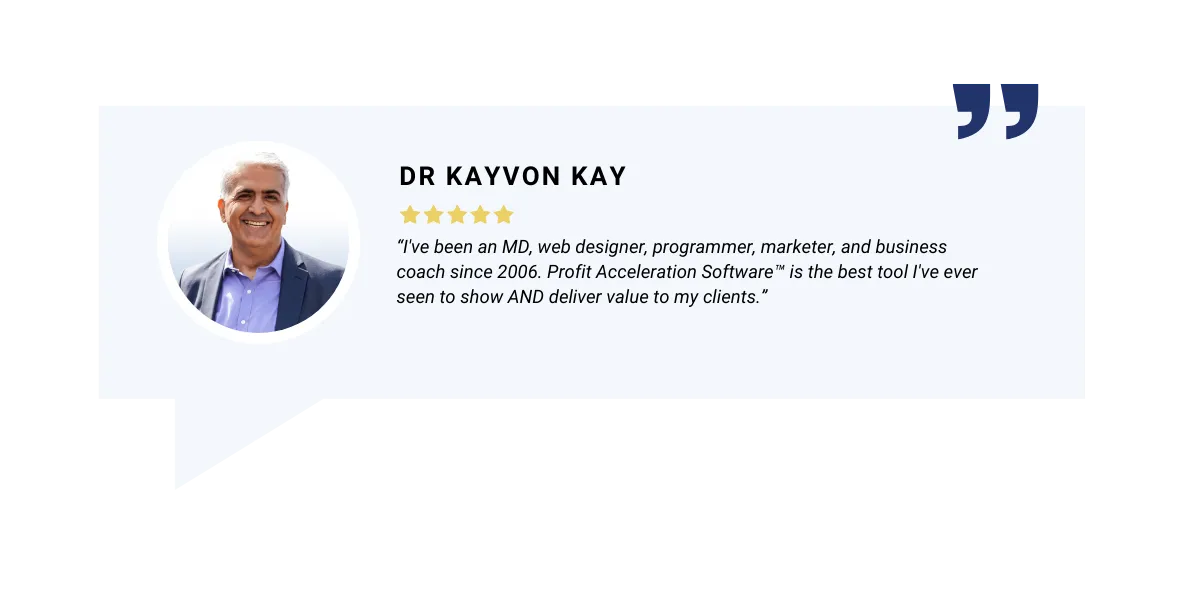
How to Prove the ROI of Raising Prices—Without Losing Customers
A Smarter, Data-Driven Approach for Coaches and Their Clients
Most small business owners know they should raise their prices…
But they don’t.
Why? One word: fear.
Fear of losing clients.
Fear of looking greedy.
Fear that increasing prices might backfire.
As a coach, you’ve likely heard these concerns. But instead of offering reassurance based on opinion, you can now walk them through the actual math—and prove that a modest price bump can increase profit without requiring more customers.
Let’s break it down.
Why Business Owners Are Scared to Raise Prices
Raising prices feels risky, especially when business owners don’t have data to back up the decision. They’re asking themselves:
What if I scare people away?
What if I’m not worth it?
What if I lose more sales than I gain?
These fears are normal—but they’re rarely backed by numbers. And that’s where you, as their coach, come in.
The Real Impact of a 10% Price Increase
Let’s take a simple example.
Your client is charging $1,000 per sale and closing 20 clients a month. That’s $20,000 in monthly revenue.
Now raise the price by just 10%—to $1,100.
Even if they lose 10% of their clients (serving 18 instead of 20), their revenue is still $19,800.
That’s nearly the same revenue—with fewer clients to serve, higher margins, and no additional costs.
And that’s just the start.
Add in the benefits of:
Zero extra marketing spend
Lower fulfillment costs (because they’re serving fewer people)
Better clients (higher-paying clients tend to engage more)
…and the profit margin increases dramatically.
Your Role as a Coach: Replace Fear with Data
Helping clients raise prices isn’t about pushing—it’s about proving.
Here’s a simple 3-step framework to guide the conversation:
Step 1: Establish a Baseline
Ask your client:
What are you charging now?
How many sales are you making each month?
What are your current profit margins?
Step 2: Model a 5–15% Price Increase
Calculate what happens if they retain 100%, 90%, or even 80% of their clients.
Most are surprised at how little volume loss it takes to still come out ahead.
Step 3: Highlight the Profit Gain
Raising prices doesn’t just bring in more money—it brings in more profitable money.
Less volume. Lower costs. Higher margins.
But What If You’re Not Great With Numbers?
Doing this on a live call, under pressure, with rough math and guesswork? That’s stressful.
Using spreadsheets? Time-consuming.
Trying to help clients “get it” through theory? Hit or miss.
That’s why I use a tool that makes the pricing conversation visual, simple, and convincing.
The Shortcut: Profit Acceleration Software™
Built specifically for business coaching, Profit Acceleration Software™ lets you show clients—in real time—what a price increase will do for their business.
Here’s how it helps:
Pulls in your client’s real business numbers
Models multiple price increase scenarios
Shows impact on revenue, profit, and volume
Creates easy-to-understand visual charts
Removes fear by making the upside undeniable
Instead of saying “trust me,” you’re saying “here’s exactly what this looks like.”
And that’s the kind of clarity that sells itself.
Why This Works So Well
Most business owners don’t need more ideas.
They need confidence to act on the ones they already have.
When you show them clear, data-backed projections, they stop hesitating—and start taking action.
You’re no longer guessing.
You’re no longer debating.
You’re proving.
Final Thoughts: Price Is Profit Power
Raising prices is one of the fastest and most effective ways to grow profit—and one of the most underused.
When you can help clients:
Understand the real numbers
See the low-risk upside
And feel confident about the decision
You become the coach who drives results—not just ideas.
And with the right tool, this entire conversation becomes fast, simple, and impactful.
Want to See This in Action?
If you want to show clients the ROI of raising prices—without spreadsheets or guesswork—book a free strategy call and see how Profit Acceleration Software™ makes it easy to close the gap between fear and profit.






